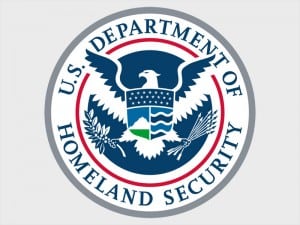
The Trump administration on Thursday sent to Congress an outline of its FY ’18 budget request for the Department of Homeland Security that largely prioritizes border security and immigration enforcement although it appears that funding for cyber security would also be boosted.The $44.1 billion request, which the Office of Management and Budget describes as a “budget blueprint” pending the release later this spring of a more detailed budget proposal, doesn’t cut the Coast Guard’s budget, which is a reversal from…

 By
By 











